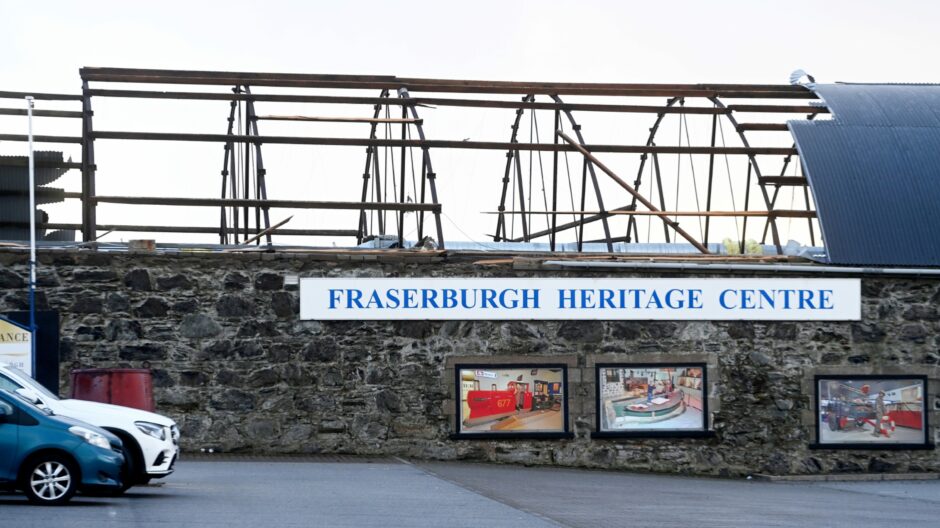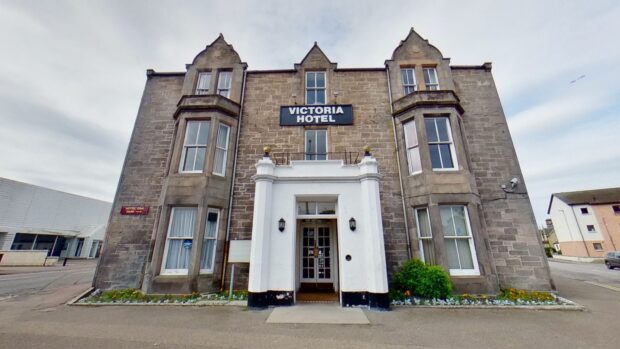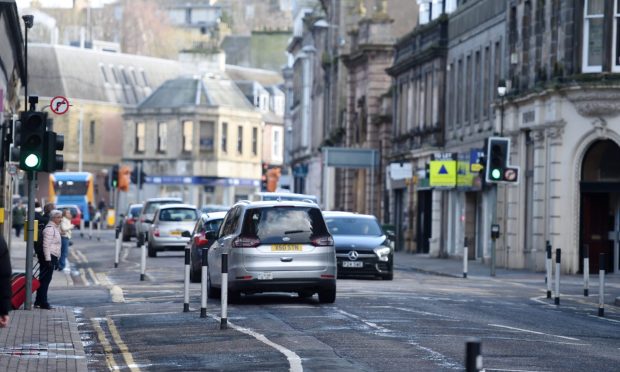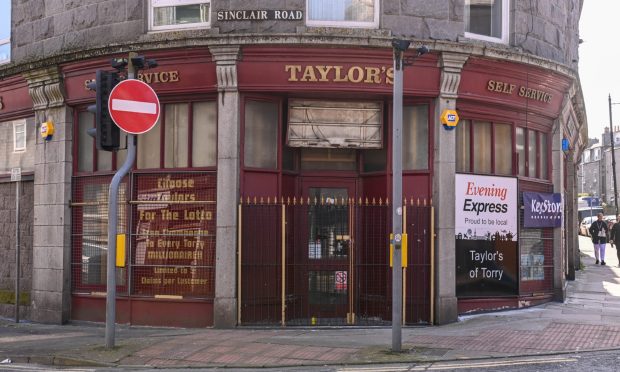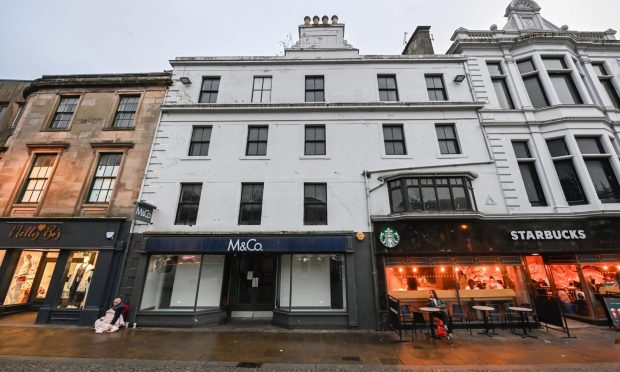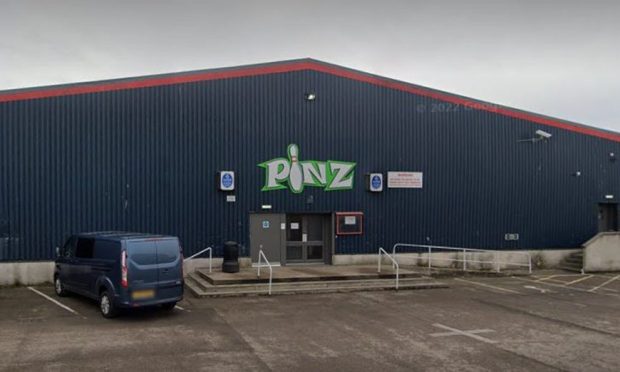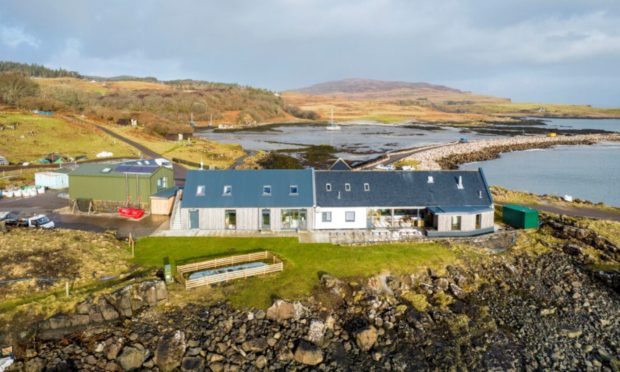Transporting data is as important as the transportation of people for many modern businesses, so we have to maximise connectivity to survive and thrive.
There is no doubt that if the pandemic had occurred five to 10 years ago, the IT situation would have been very different and even more businesses would have risked failure.
Similarly, recent circumstances have also accelerated innovation and, therefore, the need for good connectivity – but it’s not without the need for caution.
For some of us the importance of connectivity, and our potential vulnerability when disconnected, was reiterated in the wake of Storm Arwen when people lost connections of various kinds.
It was another stark reminder that our myriad connections are an entrenched part of everyday personal and business life, so the need to bolster and improve them has never been greater.
There is no doubt the foundation of good connectivity lies in the quality and quantity of our infrastructure.
As a country, we should be investing a lot more money in reliable giga-speed fibre networks, especially in rural areas which could be further revitalised if they had better access to blisteringly fast internet.
Myriad connections are an entrenched part of everyday personal and business life, so the need to bolster and improve them has never been greater.”
The past 20 months have shown us that physical location is not always the No1 consideration when doing business.
They have reduced the need to transport people and that can only be a good thing in these carbon conscious times.
A long history of siting call centres in rural areas offers strong evidence it can work.
Businesses are able to grow and their employees can make the most of living in a more rural location.
While some towns and villages are getting quicker fibre connections, it needs to happen much faster for more of us to reap the rewards.
These go far beyond thriving businesses and feed into the very fabric of creating and nurturing communities that are built on a better work-life balance.
Some people have spoken of the benefits of treating broadband like other household utilities.
But keeping this sector in private ownership would, I believe, ensure the industry remains sharper and more nimble, able to make decisions on its feet and react more swiftly to change.
‘Positive disruption’
After all, there is always a new generation snapping at our heels with new needs and, crucially, new ideas that need to be brought to the table.
Creating more opportunities for this kind of positive disruption through innovation, collaboration and more will only benefit all of us in the long run.
But running in parallel with the drive to innovate must always be the increasing need to protect our data and people.
The increasing amount of technology we use to enhance our connectivity and realise our company growth ambitions directly correlates with amassing increasing volumes of data – thus increasing the likelihood of cyberattacks.
It can take more than 100 days for a cyberthreat to be noticed within a business and by then it’s often too late.”
In a nutshell, it quickly becomes a matter of when and not if an attack will happen to your business or supply chain.
The fight against cybercrime is ongoing and relentless.
GCHQ director Sir Jeremy Fleming told The Cipher Brief’s fifth annual Threat Conference in October cybercrime is now the most prevalent type of crime in the UK, with ransomware attacks reportedly doubling in the past year.
He called for the issue to be placed at the top of all boardroom agendas.
It can take more than 100 days for a cyberthreat to be noticed within a business and by then it’s often too late.
Lost and/or corrupt data will have been plundered, operational downtime will be huge and reputational damage will have far-reaching implications.
We need to connect and protect our businesses. And we need to connect and protect our most important corporate assets, people.
Remote working, made possible by good connectivity, may be the way forward for many organisations and the benefits are many.
But once an employer takes people away from the office and asks them to work somewhere else, it’s vital the technology is in place for them to remain productive and secure as well as connected.
Connect and protect – it’s not a bad mantra to adopt when defining your corporate IT strategy.
Bruce Skinner is the owner and chief executive of Aberdeen-based IT services firm Alto.

